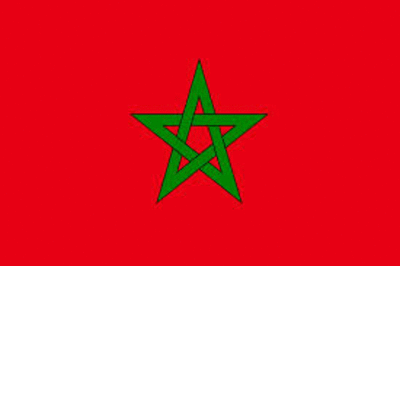The city of Meknes was founded in the twelfth century by the Kbila ( tribe ) Berber " Meknassa " from the east of Morocco and choosing the edge of the wadi " Boufekrane " to install . She received the sultan Moulay Idriss Idrisside founder of the first Moroccan state to 8 th century AD . The historic city of Meknes or Ismaïlienne capital is one of the four imperial cities of the Kingdom of Morocco (Fez , Marrakech and Rabat ) makes it a vivid example of the rich architectural evolution in civil works, military ( kasbah ) and also art .
The Almoravids (1053-1147) : Are the founders
of the mosque Najjarine and traditional hammams . Sultan
Yusuf Ibn Tachefine founder of Marrakech adopted the strategy of
building food for the army and also sheds for storage of weapons . Almohads (1147-1269) : founding of the great mosque by Mohamed Nasser 1199-1213) and completed by Sultan Abu Youssef . Establishment of the educational edifice Medersa Bou anania by Sultan Abu anan . Mérinides (1269-1374) : their time, the historic city of refugees gathered Andalusians and Jews held by Christians. The
reign of Abu Youssef (1269-1286) experienced by the foundation of a
kasbah , a Medersas (authentic Koranic school) and other socio-economic
structures such as hospitals . Alawites
: the arrival of a young sultan to the throne, Moulay Ismail
(1672-1727) chose Meknes for the foundation of the Alawite dynasty. After
fifty years of reign , Moulay Ismail , used thousands of black slaves
and prisoners to build structures reflecting the Alawite prosperity. Kasbah
, mausoleums, lovely gardens , a pool tank , mosques, spacious palaces,
impressive granaries, stables for horses fabulous purely Arab race, and
the gigantic walls, 1 6 meters thick and length exceeding twenty-five kilometers
surrounding the imperial city crossed by a series of beautiful monumental gates . These walls are home to incomparable buildings including Medersa (school) and mosques ( holy places of prayer) . In addition there are Fondouks (hotels for traders ) including Fondouk Hanna henna and Fondouk Lihoudi for Jewish artisans.After the death of his father in 1727 , Moulay Abdellah ( 1757-1790 )
son of Moulay Ismail completed the path setting buildings Alawites .The
imperial city has historically experienced a natural disaster in 1755
is that of the earthquake that struck leaving negative damage. During the French protectorate 1912 - 1956 , Meknes had several names: " The city of minarets percent." "Little Paris " . " Versailles of Morocco" "Meknes , the capital of beautiful doors ."
The city of authentic art museum:
The architecture works in Meknes has always been rich in decoration , designs and authentic Islamic sculpture. Doors with arches opening chicane broken and slightly overridden coupled with a lofted bend decorated with interlacing el diamonds. The registration large banner is treated excised ceramic and topped with a row of jagged battlements . Chiseled wood or lined with carved plaster and painted a thousand colors ceilings, and marble mosaic covering the floor, Zellij Beldi ( traditional tiles ) covering internal walls and exterior walls painted lime. Wooden doors decorated with metal geometric objects. Wooden windows with stained glass windows protected by wrought iron fences .
Nowadays ...
Meknes is currently divided into two cities , an ancient city that still retains traces of the Alawite dynasty and another modern ( named Hamria ) . Both are based on the banks of the valley ( wadi ) Boufekrane giving a moderno Meknes - authentic style. Currently religious and cultural city of Meknes monuments undergoing restoration in charge of the Ministry of Cultural Affairs under the protection plan Meknes . To make it a bit of its history there shine UNESCO listed town of Meknes Universal Heritage of Humanity in December 1996.llage
do you like this؟ share! ↓























